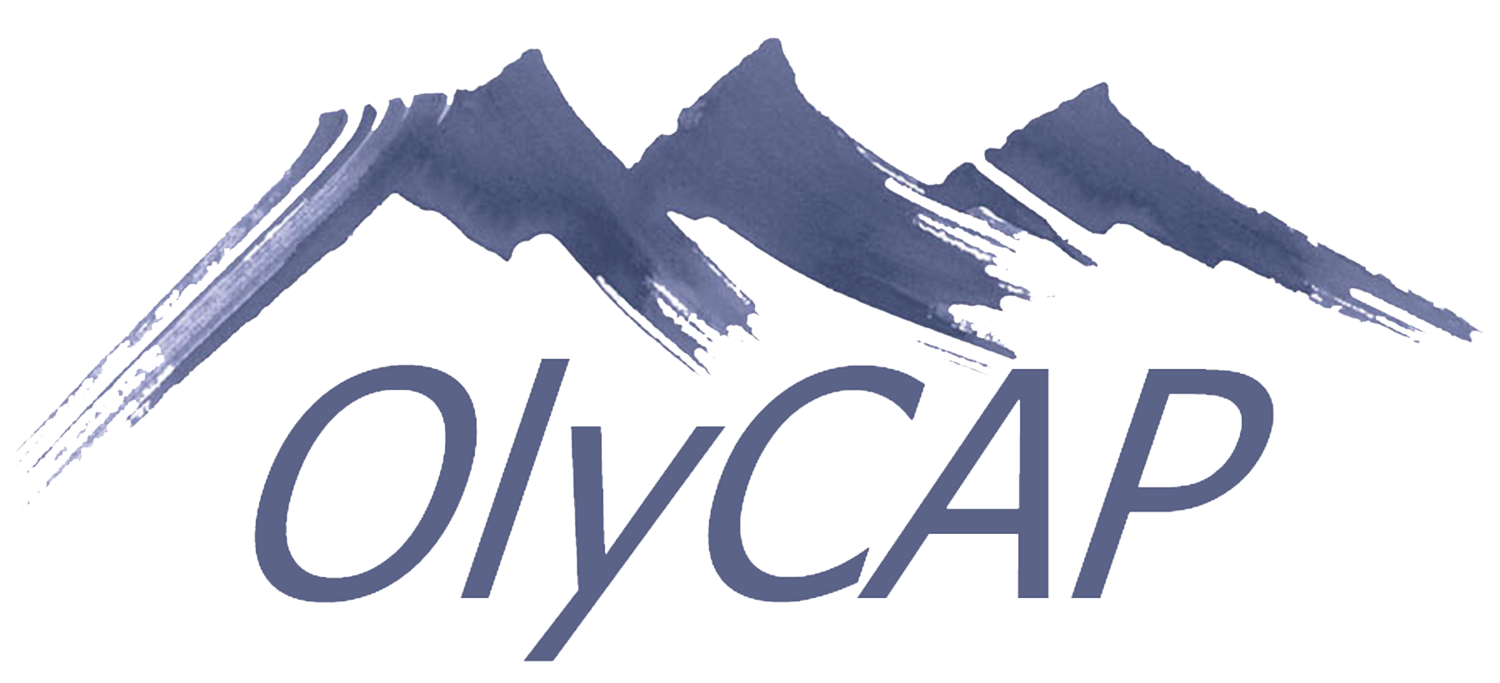Technology Training for Seniors
We discovered other workshop options during our research. Some vary in range or scope, require older adults to have technology and/or are geographic specific. However, we are providing these additional options as a sample reference guide:
AARP TEK Academy holds webinars and workshops, free of charge to the public, on a regular basis. They offer technology learning events on tablets or smartphones across various cities throughout the U.S. Topics include online safety, social media, tablets and phones, among others. Access past programs in their learning library section. Their contact number is 202-434-3021 and website AARPTEK.org.
Bridging Apps site supported by Easter Seals provides training to use I phones and I pads to use phone apps, email, and connect with Facetime.
OATS (Older Adults Technology Services) and its Senior Planet program provide free computer classes and tech help to people over age 60. The nonprofit organization operates in Colorado, Maryland and New York. For inquiries, call (718) 360-1707.
SeniorNet is a nonprofit organization that provides computer and internet education to adults over age 55, veterans and disabled adults. The organization has 30 learning centers across the United States. For more information, call (239) 275-2202.
For individuals who already have computer access, there are many organizations that provide free technology lessons and instructional videos that allow seniors to move at their own pace.
GCFLearnFree.org, supported by the Goodwill Community Foundation, is free-of-charge and offers over 2,000 lessons on more than180 topics. A comprehensive online classroom, users learn how to use Microsoft Office programs (e.g., Word, Excel, Outlook), email, social media (e.g., Facebook, Instagram), image editing programs, to name a few. The tutorials use video, animations, graphics, diagrams, plain English, and step-by-step instructions that make it an easy-to-understand program for senior learning.
Skillful Senior touts their product as “Quick, Easy, and Fun” and is perfect for anyone getting behind a computer for the first time. This simple computer skills program has easy-to-understand tutorials on the basics of using a mouse and keyboard and uses typing games that help make it fun to practice and improve typing speed.
Meganga is a video-based learning tool that offers basic computer training for seniors and beginners. Users can watch videos on tech-related topics such as understanding the parts of a computer, navigating the desktop, and learning how to troubleshoot common issues. Other video courses include how to edit photos, use social media, surf the web, set up an email account, and use cloud storage.
The Senior’s Guide to Computers uses examples, pictures, and videos to explain in simple terms how computers work. The step-by-step instructions go beyond just the basics – including information on web browsers, hardware, software, computer security, backing up data, and setting up a computer for individuals with vision, hearing, and other disabilities. It also includes a glossary of key terms written in plain English.
“Everybody can be great because everybody can serve. No work is insignificant. All labor that uplifts humanity has dignity and importance and should be undertaken with painstaking excellence.” – Martin Luther King
Internet Service Providers for Seniors
We know that one roadblock for seniors who want to have internet in their home is affordability. Below, our research discovered options that might help these seniors access affordable internet, including broadband access; however, some of these are geographic-specific.
Seniors Can Get Free or Reduced Landline or Cell Phone Service
Lifeline, is wireless technology and is sponsored by the FCC. It is intended for low-income seniors in selected states who have incomes of 135% of poverty level or less . It offers free, discounted or subsidized service.
SafeLink Wireless, one company that works with Lifeline – varies by state.
AT&T offers a low-cost wired internet service for low-income households. To qualify for the program, you need to receive Social Security Income benefits or be in the Supplemental Nutrition Assistance Program. If eligible, you can get internet for $5 to $10 a month.
